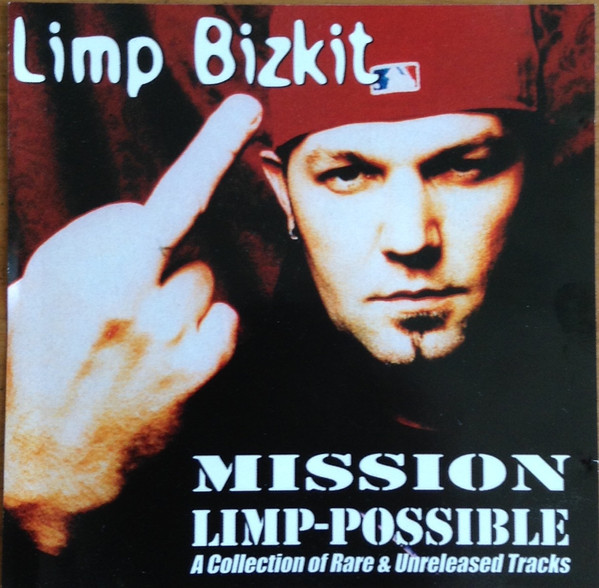It used to be so much easier, back in the old days. If you were starting a company, you would simply use the founders’ surnames to come up with a name: Bose, Nestle, Woolworth, Rolls Royce, Mercedes Benz, the list is endless. And they were versatile too, if a new partner was added, you could just add “& partners”, or if they were really lucky, add their surname to the company name. A son taking over the family business? No problem. Throw in an “& sons” onto the end of the name, problem solved.

Alas, things ain’t like they used to be. If you followed this approach these days and named your startup after the founders’ surnames, then you would end up sounding like a Madison Avenue advertising agency or a local tax accounting firm. So unless your startup is focused on one of these industries, you need to be creative when coming up with that all important name (and even if you are looking to take on advertising or tax accountancy, you’ll probably want to differentiate yourself from the old school, case in point the hugely successful Quickbooks).
Get all the resources you need to write professional press releases and turbo charge your media coverage with our Startup Press Release Toolkit:
Having managed the PR and media strategy for hundreds of startup launches here at Publicize, we’ve learnt a thing or two about what makes a company name stand out from the crowd, as well as some of the things to be avoided. So here are my insights, to help you with one of your most important early stage decisions.
Things to keep in mind
Understand your target market – This should be your first step. Think of an everyday product that is heavily segmented into target markets, then consider the approach each segment takes to naming. A great example is fashion retailing; millennial focused brands have names like Urban Outfitters and American Apparel, whilst older and more affluent brands have more traditional names like Brooks Brothers and Nordstrom. Get under the skin of your target market and understand what branding and tone of voice they respond to best, then use this as a starting point.
Hint at your service/product – One of my favourite examples for this are the newer generation dating app names: Tinder, Happn and Bumble. They all hint at what the service is, without being too obvious. This is in contrast to older dating services like Match, OkCupid and eHarmony which are far more explicit with their names, but now sound old fashion by comparison.

Keep it snappy – This is one of the most important factors to take into account especially if your business revolves around an app. The general consensus on maximum character length, to ensure full visibility across all platforms and devices, is 10 for a one word name or 12 for a two word name. But more than that, it needs to roll off the tongue with ease.
Make it memorable – We’ve never lived in such a crowded market place, with dozens of startups launching every day. It goes without saying (although I’m now going to say it) that you need to stand out. A memorable and catchy name will help you do this.
Reflect the style of your industry (or not) – There are two schools of thought here, fit in or break the mould. Which direction you take will probably depend on the type of industry your startup is operating in. If, for example, you’re selling upmarket furniture, then you’ll probably want to stick to a degree of formality that is present amongst your competitors. But if you’re breaking the mould (excuse the cliche) and disrupting an industry (excuse the other cliche), then a better naming direction is to stand out by going against the grain.
Things to avoid
Being too literal and using keywords – My Dad once owned a picturing framing store, which he decided to name The Frame Shop. His reasoning was that a company name should tell people exactly what the business does. Sound logic, for a store in the eighties. But in the Google era there are a few issues with this approach. Using a keyword that describes your product or service as your company name can make it difficult for people to find you on Google, as there’ll be a load of heavily optimised websites already ranking well for your brand name, and some SEOs believe a company name that is perceived by Google as being ‘too keyword optimised’ can actually hurt your SEO strategy.
Alternative spelling – whilst this is still relatively common practice, for example Lyft, there are some alternative spellings you should definitely avoid. Replacing an s with a z, for instance, is something of a cardinal sin these days. This might have been the height of fashion in the early noughties, but as a style it’s aged worse than boot cut jeans.

Unclear pronunciation – there’s nothing more frustrating than seeing a brand name that you’re not sure how to pronounce (not least as you don’t want to sound like an idiot if you get it wrong when saying it out loud). And if you’re planning on operating across different language regions, make sure it’s easily pronounceable in all your target markets.
Unintentional offense in other languages – Following on from the above, it’s also best to make sure your company name isn’t offensive in other languages, to future proof those expansion plans. Some of the worlds biggest brands have ended up with egg on their face, after making some serious faux pas in foreign markets.
Long winded or tortured compound words – taking two words, such as an adjective and a noun that describe your business, then cutting and shutting to form a compound word often ends in disaster. This is another naming style that has gone out of fashion and is best to avoid.
Need more help?
If you’re still drawing a blank, don’t worry, as there are plenty of tools around that’ll do the work for you. One of my favourite startup naming tools is namelix, which uses AI to analyse the keywords you enter to instantly generate hundreds of business name ideas.
Or if you prefer the human touch, then another favourite of mine is Squadhelp, a platform that enables companies to launch naming contests with hundreds of naming experts. You can also purchase off the shelf names from their hand-picked collection of premium names.
And once you’ve settled on the perfect name, have a look at our free resources for getting press coverage, including our tech reporter contact list, the best ways to contact journalists and how to write a press release.
Or if you would like to have a chat with one of our specialist startup advisors to see how Publicize could help you nail your PR and media strategy, then sign up for a free consultation.
Learn how your startup can create a valuable PR strategy after investing time, effort and resources into a new venture:






